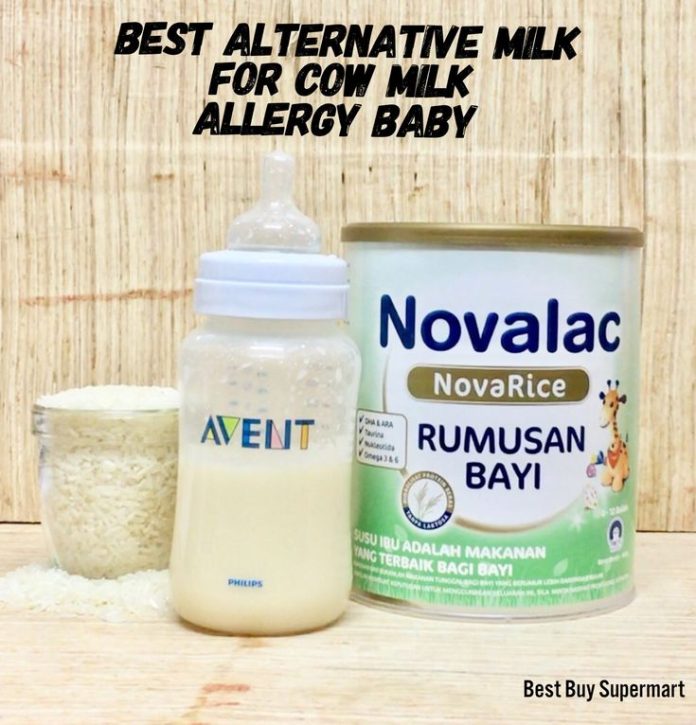Transitioning to an allergy-friendly formula can be a significant change for both you and your baby. Whether your baby has been diagnosed with allergies or you’re seeking a better alternative to regular formula, finding the right option can be challenging. Here are some practical tips to help you navigate this transition smoothly.
1. Consult with a Pediatrician
Before making any changes, it’s crucial to consult with your pediatrician. They can provide guidance based on your baby’s specific needs and help you select the best formula for babies with allergies. Your pediatrician may recommend a hypoallergenic formula or one that is specifically designed for your baby’s type of allergy.
2. Gradual Transition
To minimize digestive upset, gradually transition to the new formula. Start by mixing a small amount of the allergy-friendly formula with your baby’s current formula. Over several days, slowly increase the proportion of the new formula while decreasing the old one. This gradual approach helps your baby’s digestive system adjust to the new formula for babies with allergies.
3. Watch for Reactions
Monitor your baby closely during the transition. Look for any signs of adverse reactions, such as rash, vomiting, or diarrhea. If you notice any unusual symptoms, contact your pediatrician immediately. They can help determine if the new formula is suitable or if further adjustments are needed.
4. Check for Ingredients
Always read the ingredient list on the allergy-friendly formula. Some formulas may contain traces of allergens, so it’s important to choose one that is specifically designed to be free from your baby’s known allergens. For formula for babies with allergies, look for labels that indicate the formula is hypoallergenic or free from specific allergens.
5. Be Patient
Adjusting to a new formula can take time. Your baby might take a few days to get used to the new taste and texture. Be patient and give your baby time to adapt. Consistency is key, so try to stick with the chosen formula and avoid making frequent changes.
6. Consider Additional Support
If you find the transition challenging, consider reaching out to a nutritionist or lactation consultant who specializes in formula feeding. They can offer personalized advice and support to ensure your baby’s nutritional needs are met while using the formula for babies with allergies.
7. Stay Informed
Keep yourself informed about the latest developments in allergy-friendly formulas. New products and formulations are regularly introduced, so staying updated can help you make the best choices for your baby.
Conclusion
Transitioning to an allergy-friendly formula can seem daunting, but with the right approach and support, it can be a smooth process. By consulting with your pediatrician, gradually introducing the new formula, and monitoring your baby’s reactions, you can help ensure that your baby adapts well to the formula for babies with allergies. Remember to be patient and seek additional support if needed to make this transition as comfortable as possible for both you and your little one.










